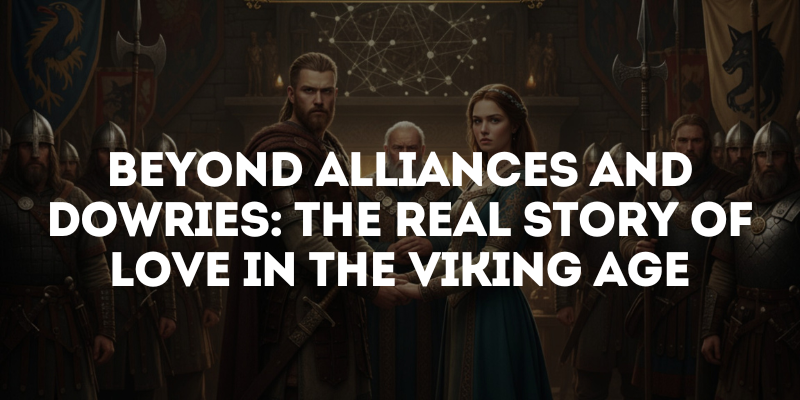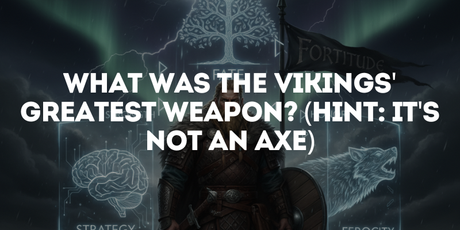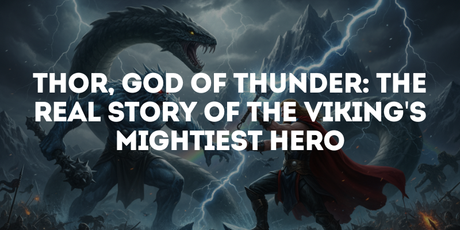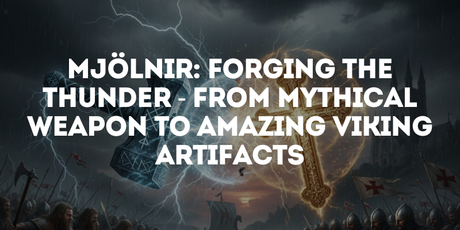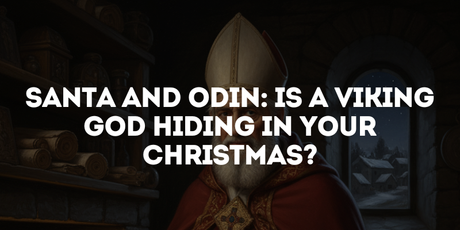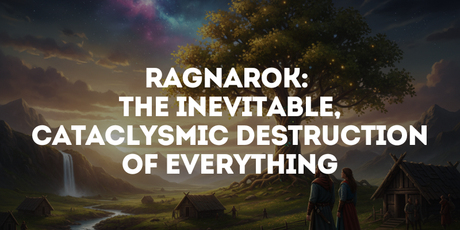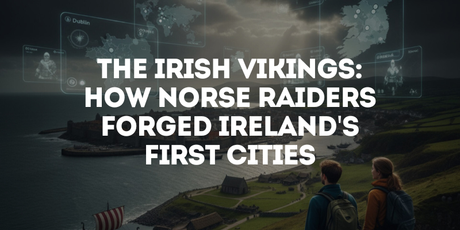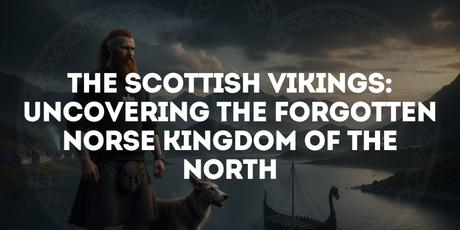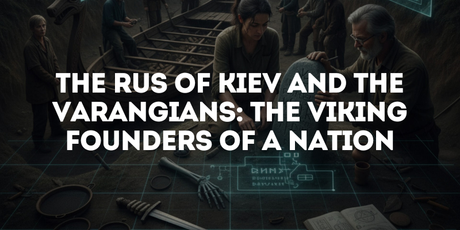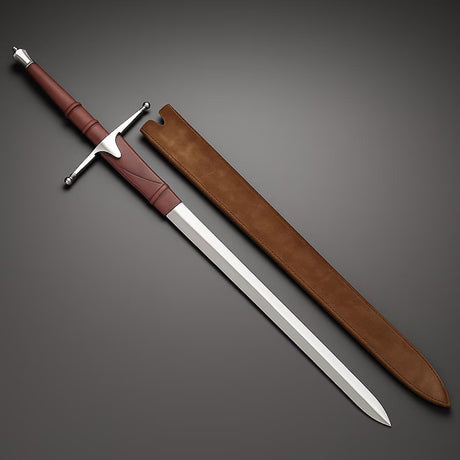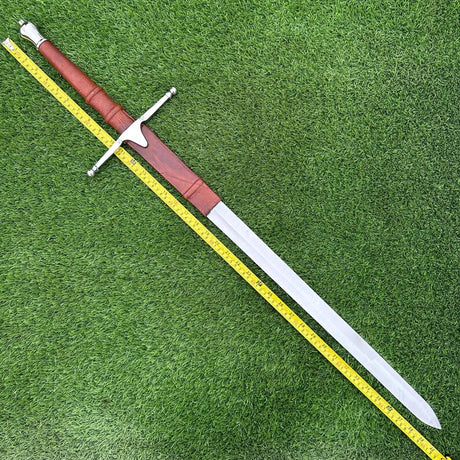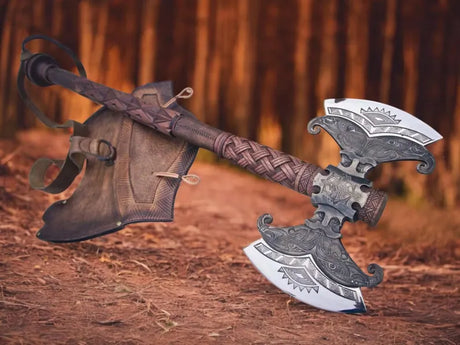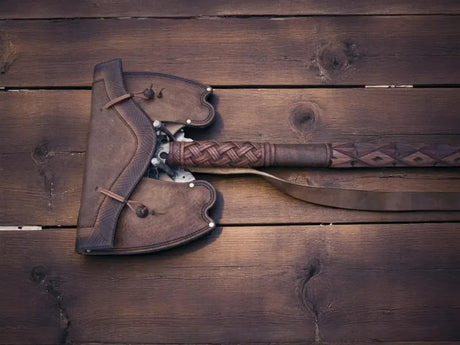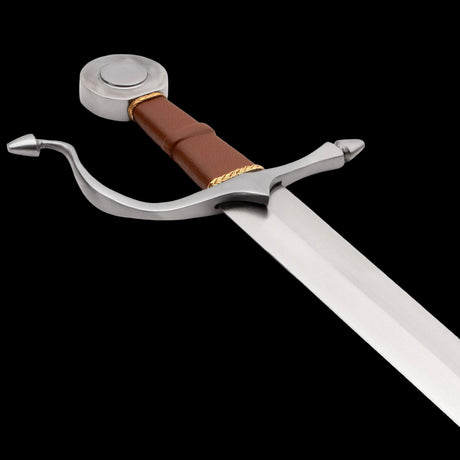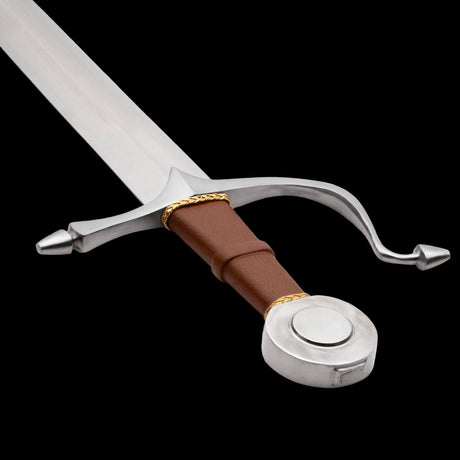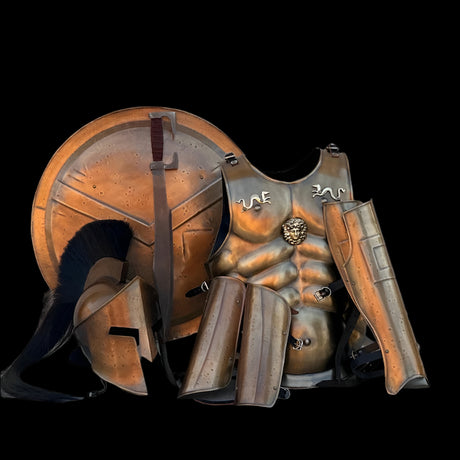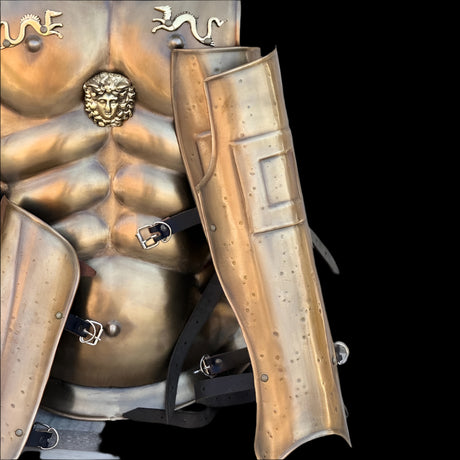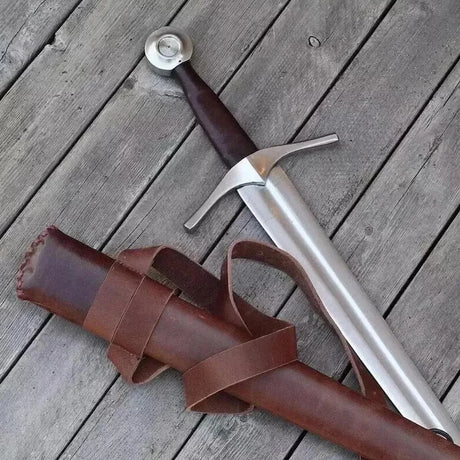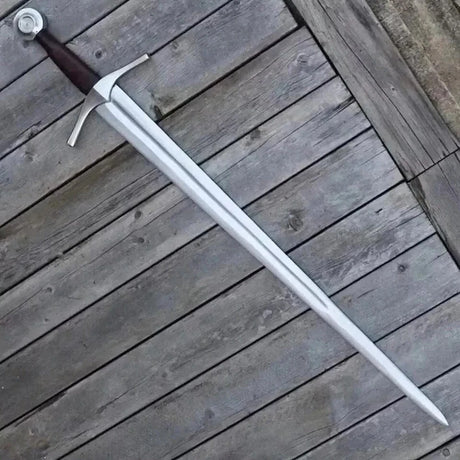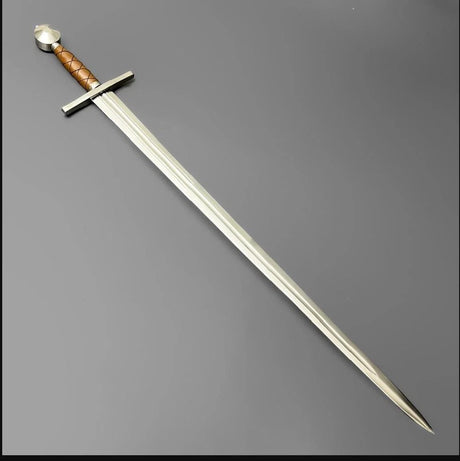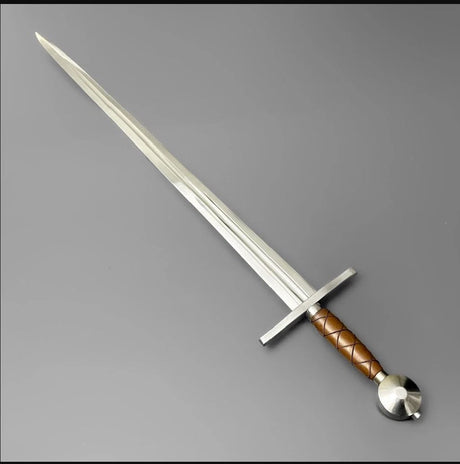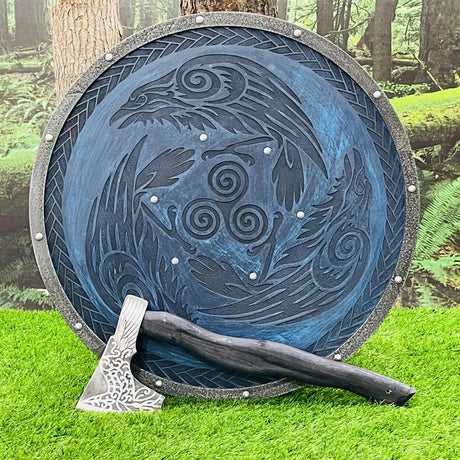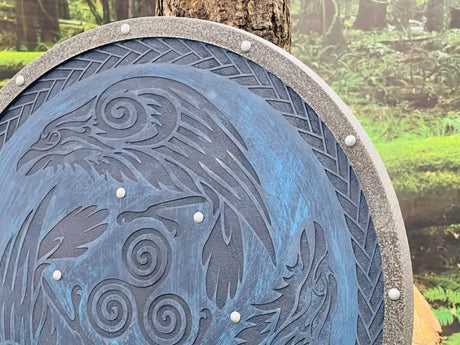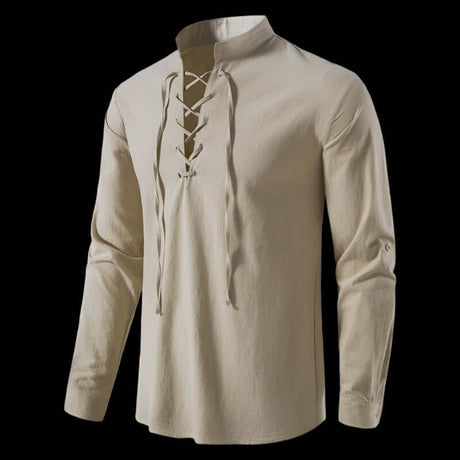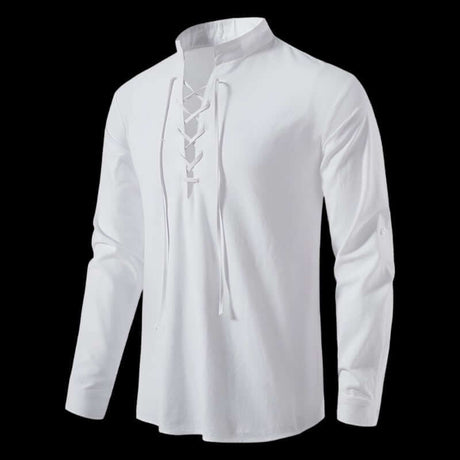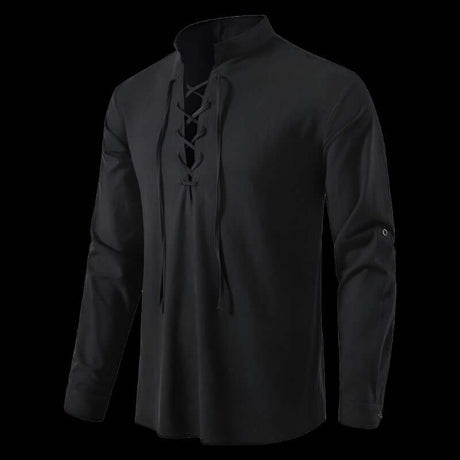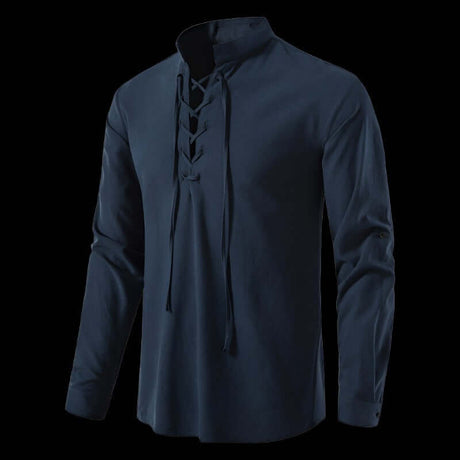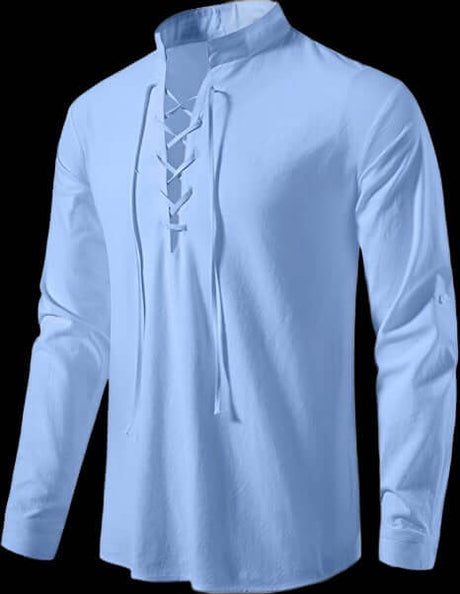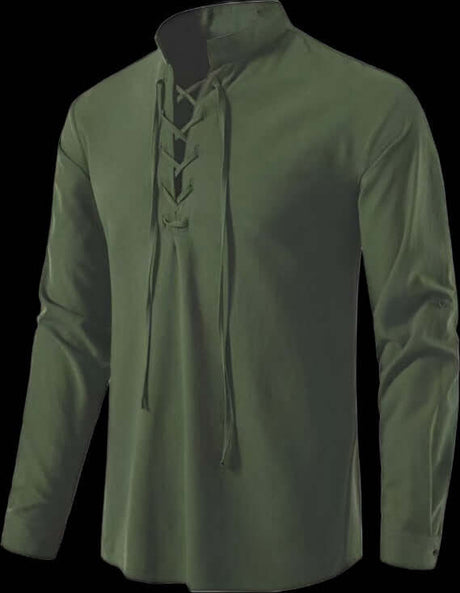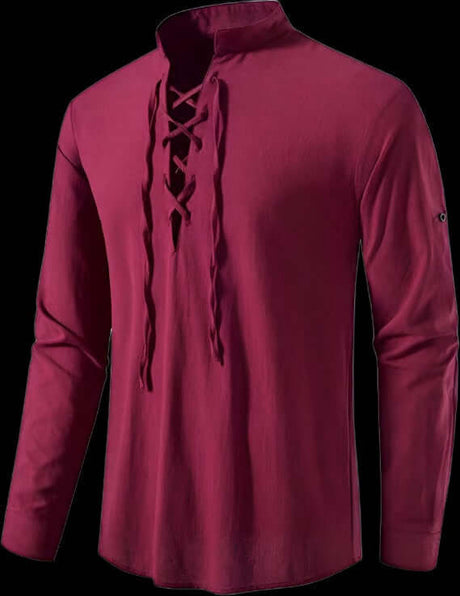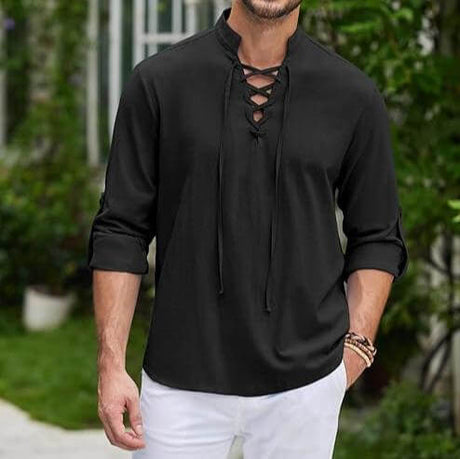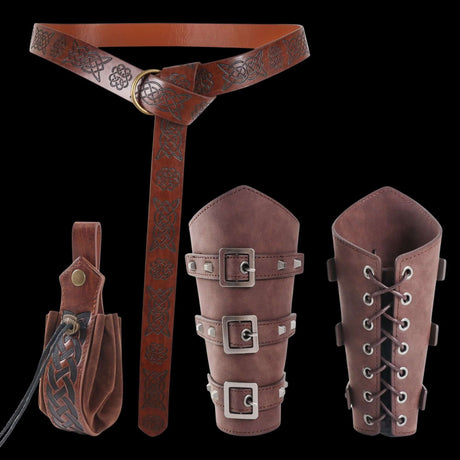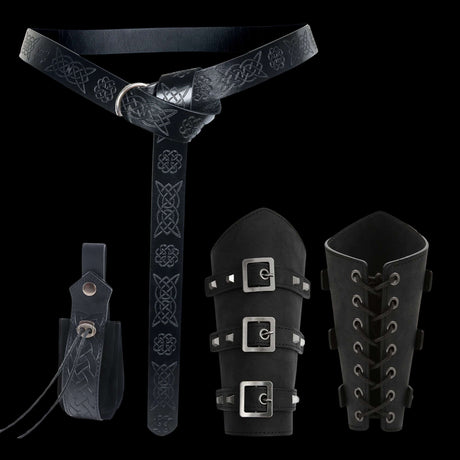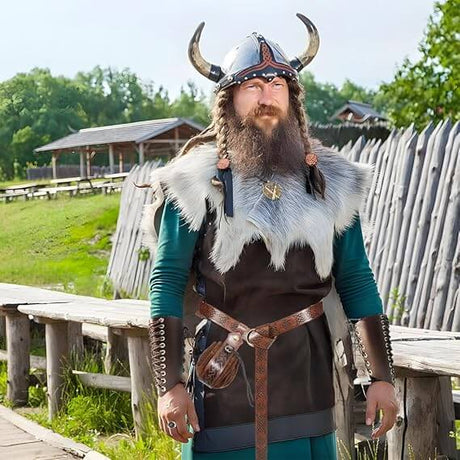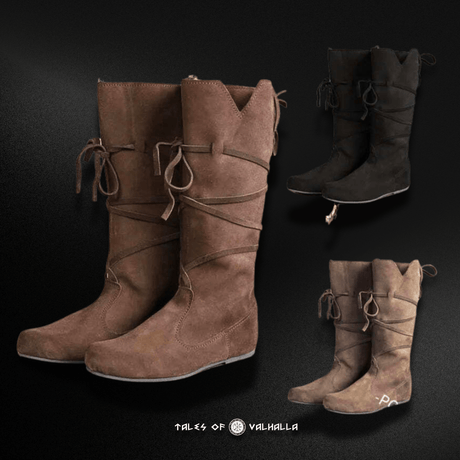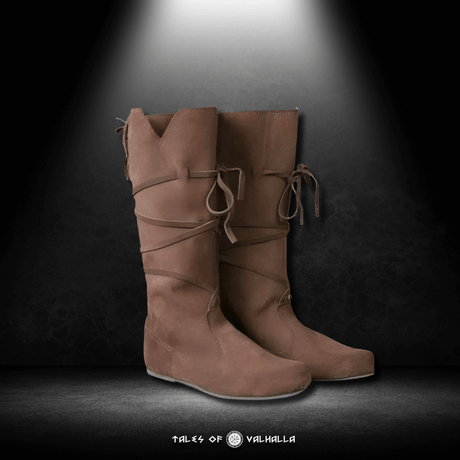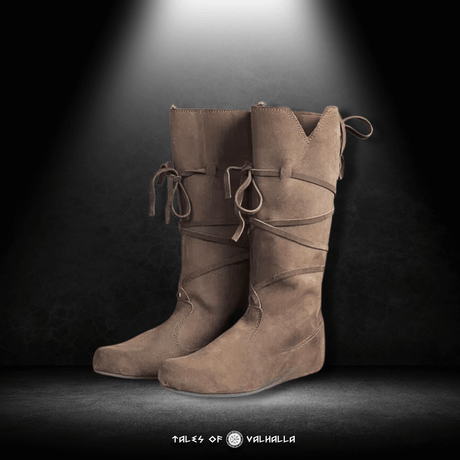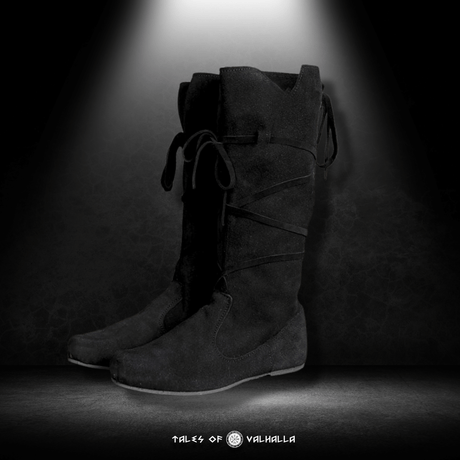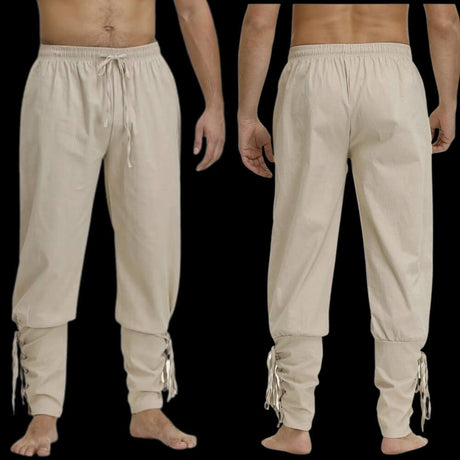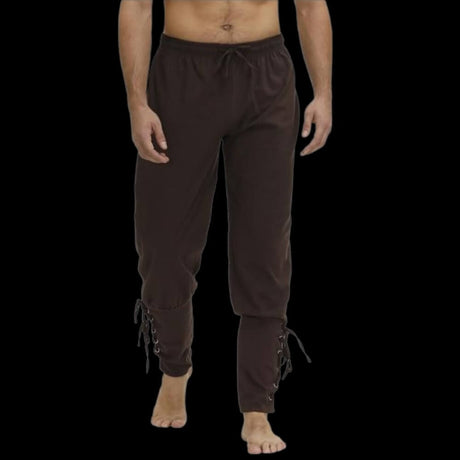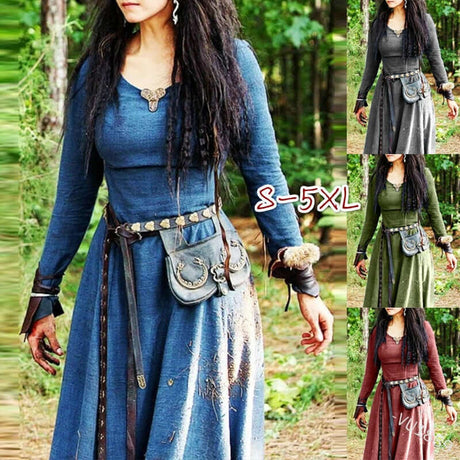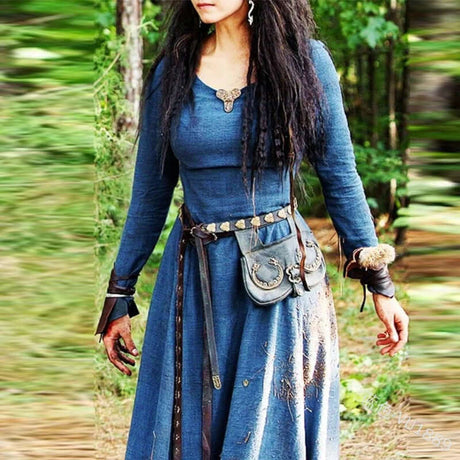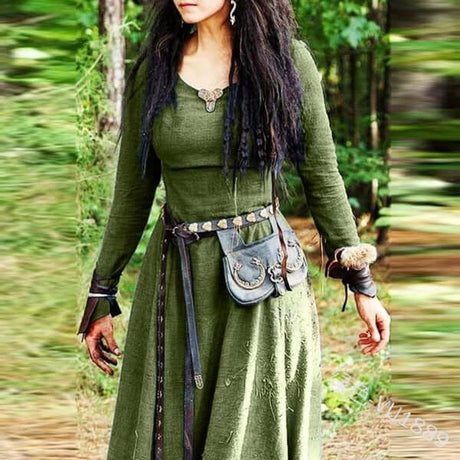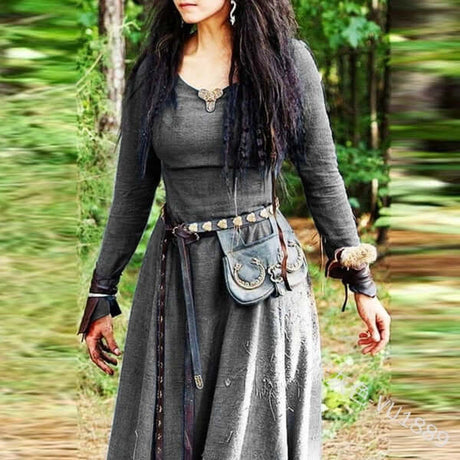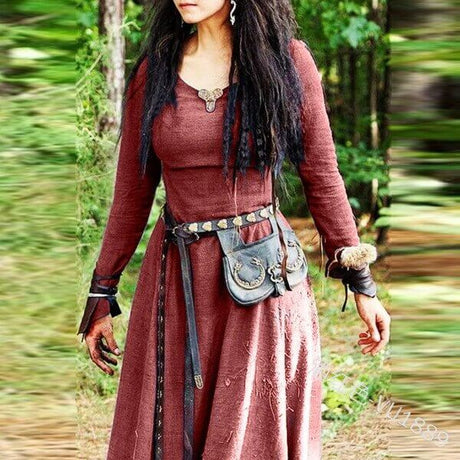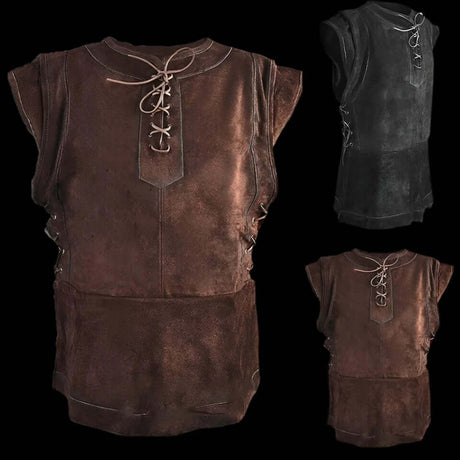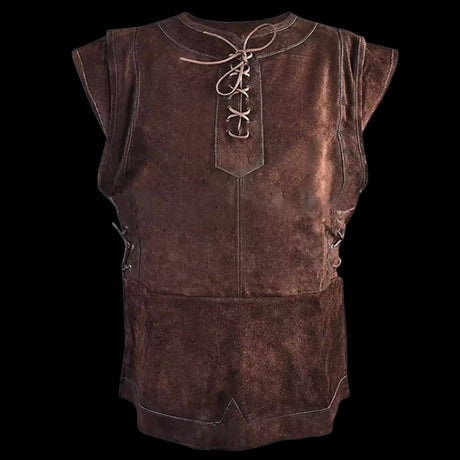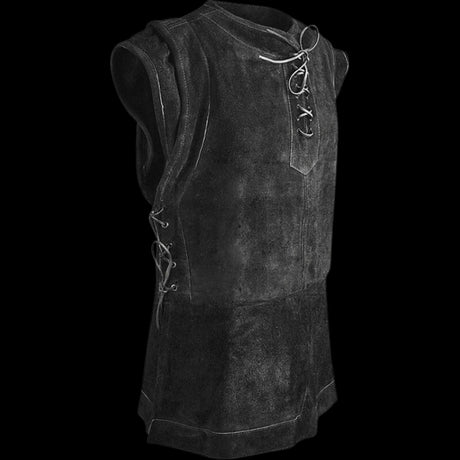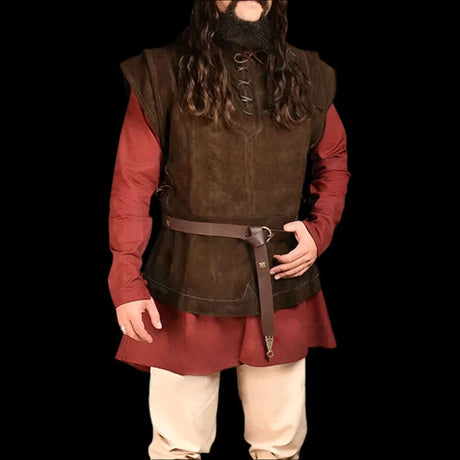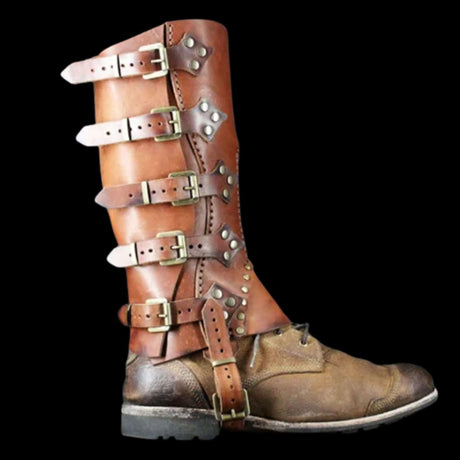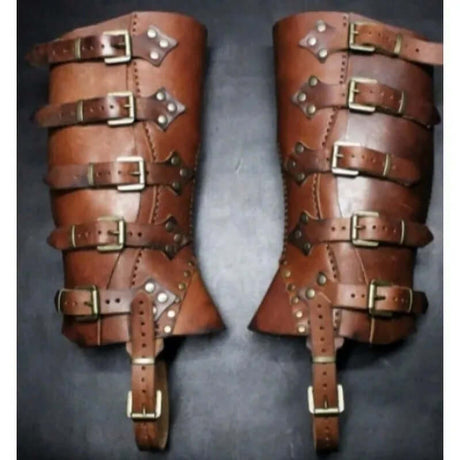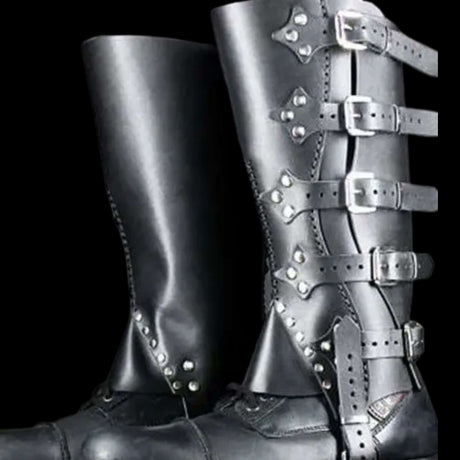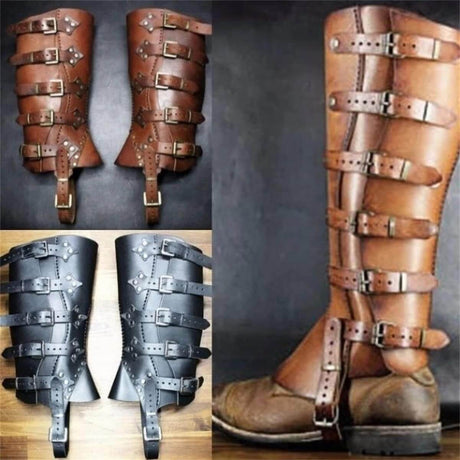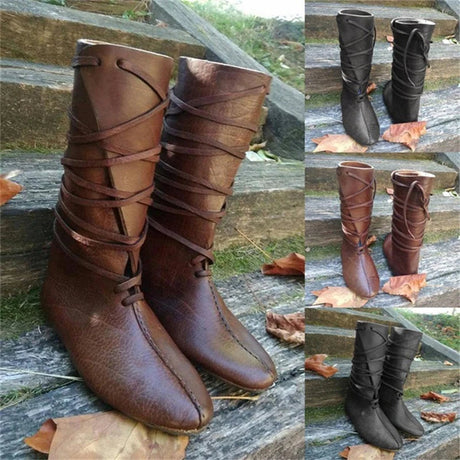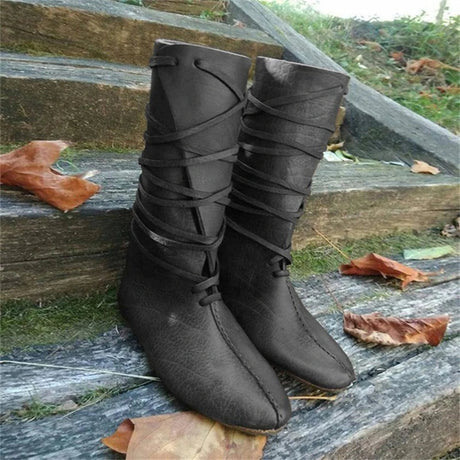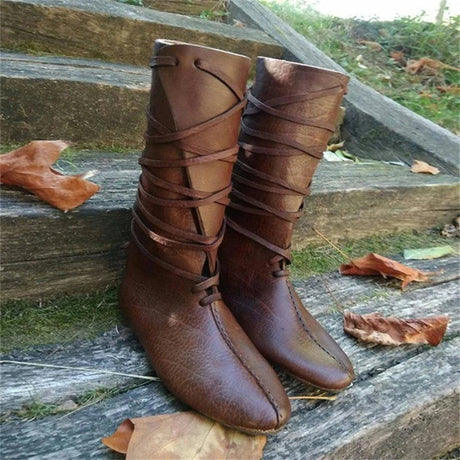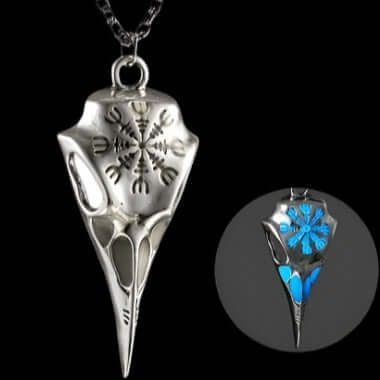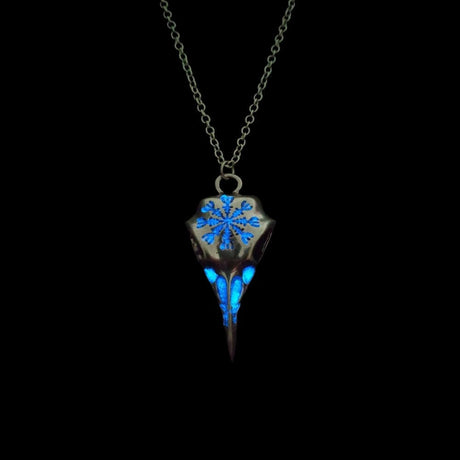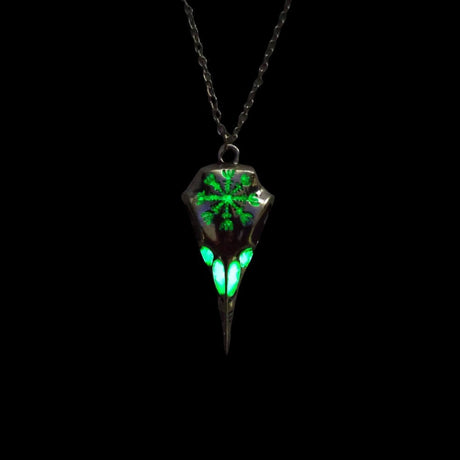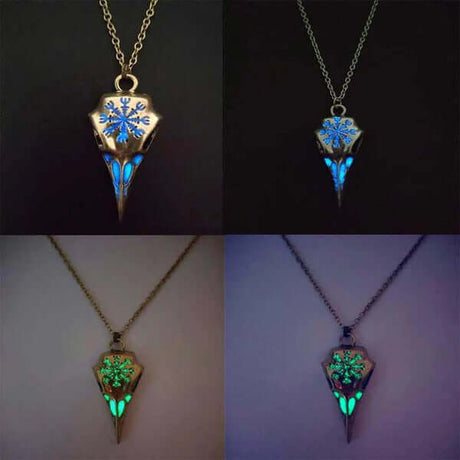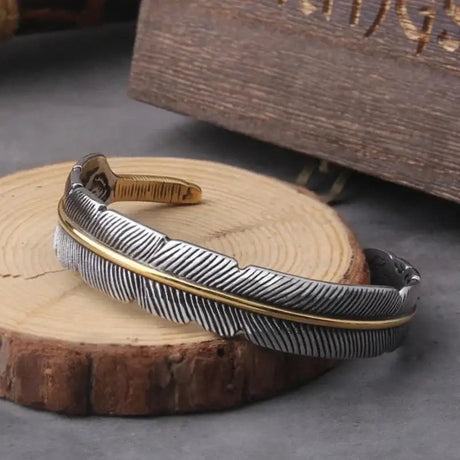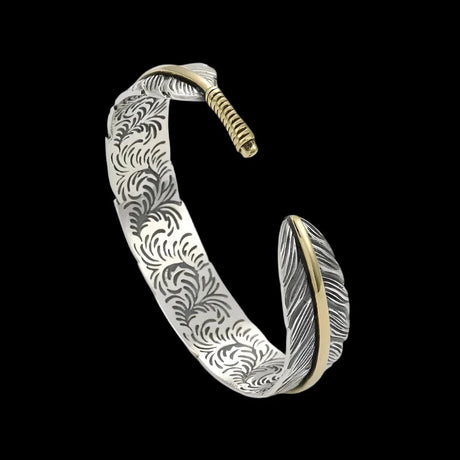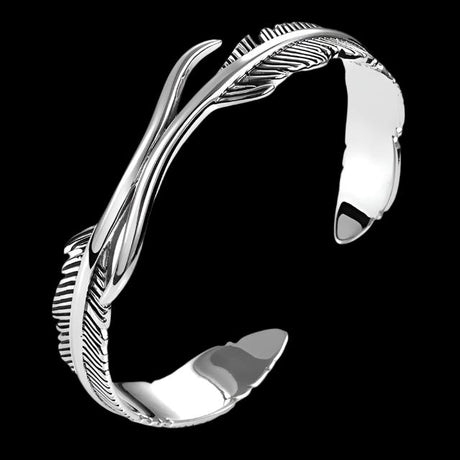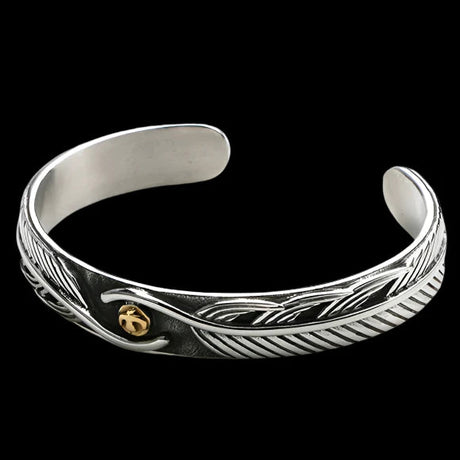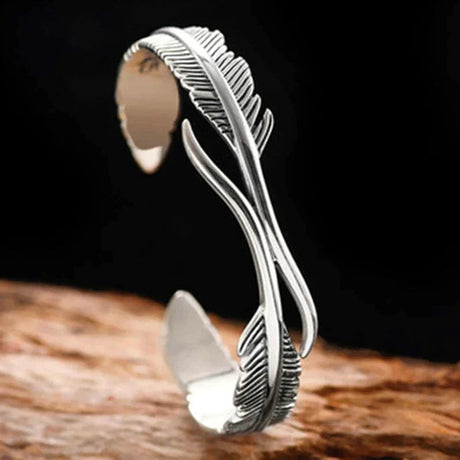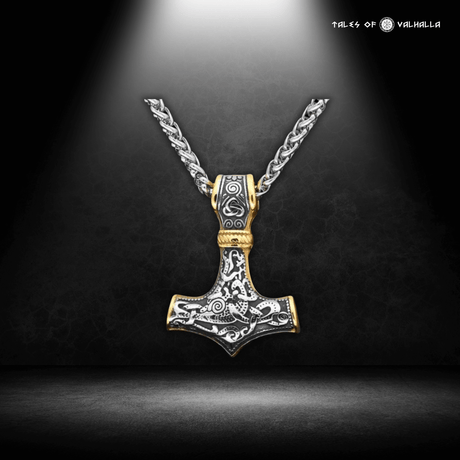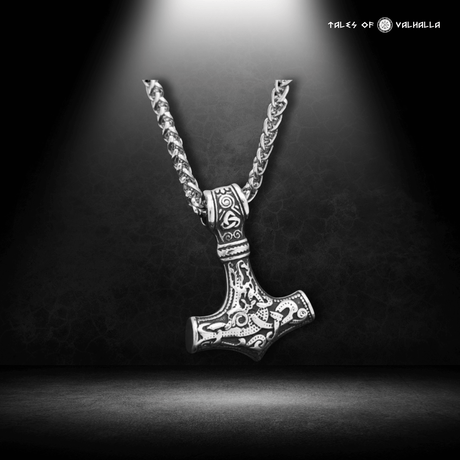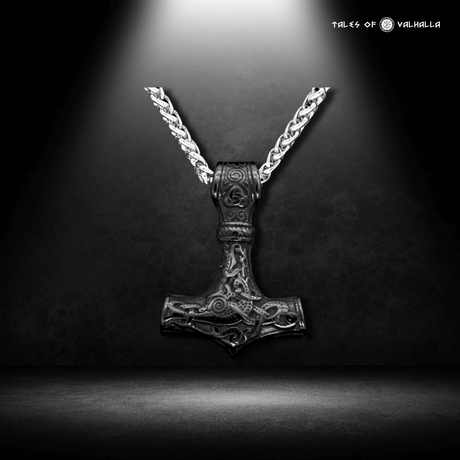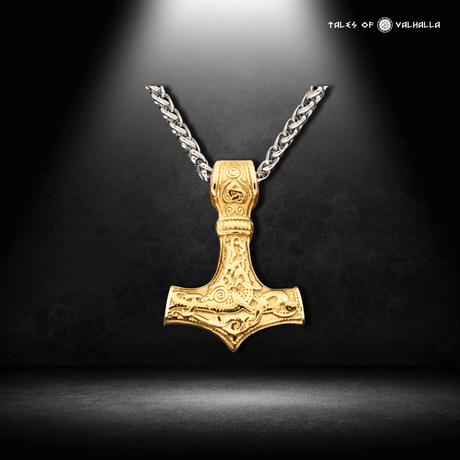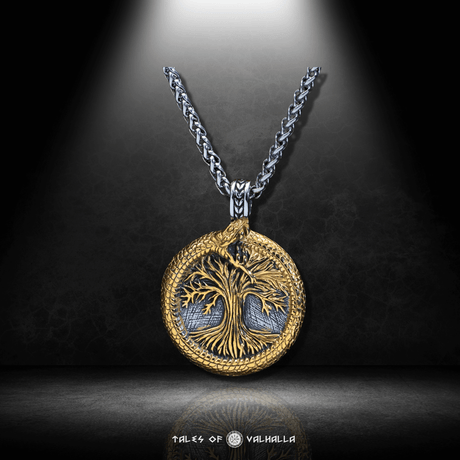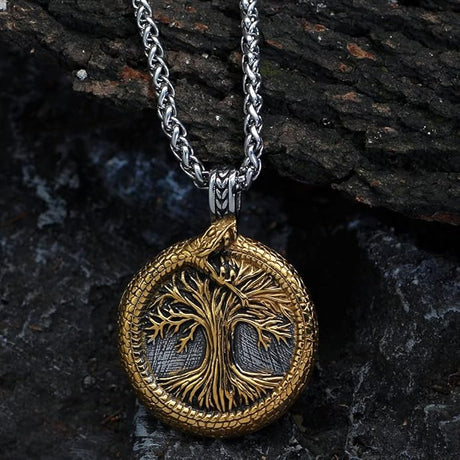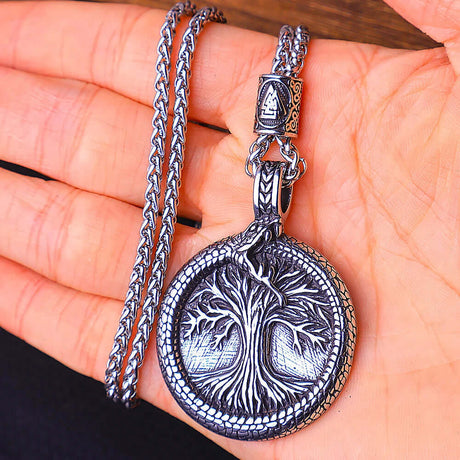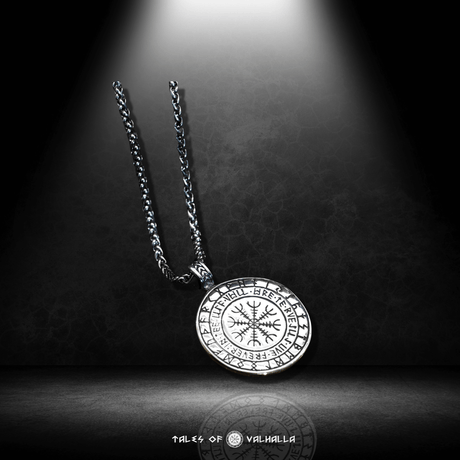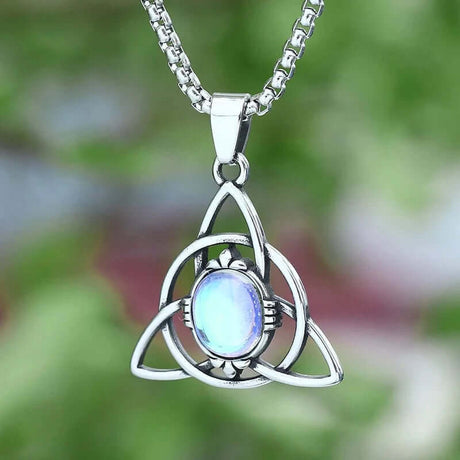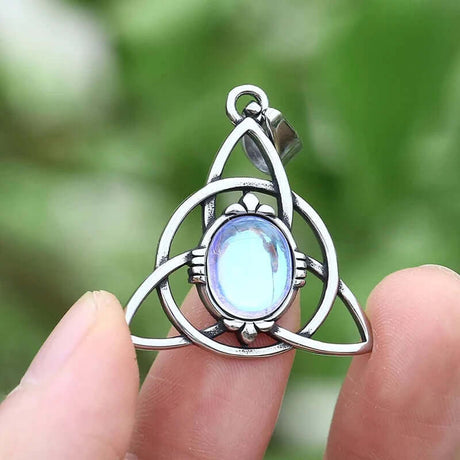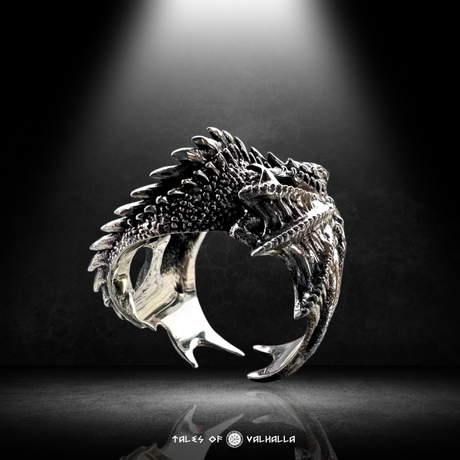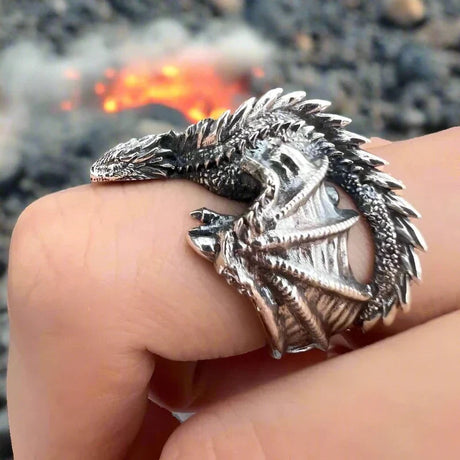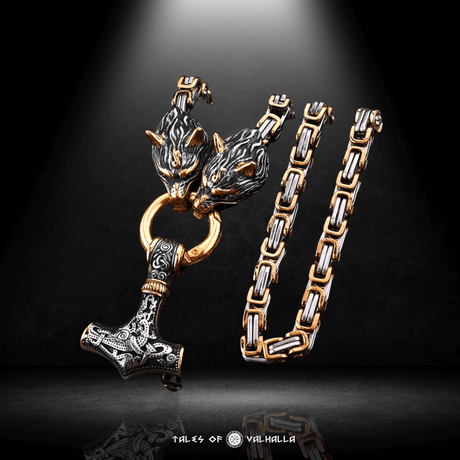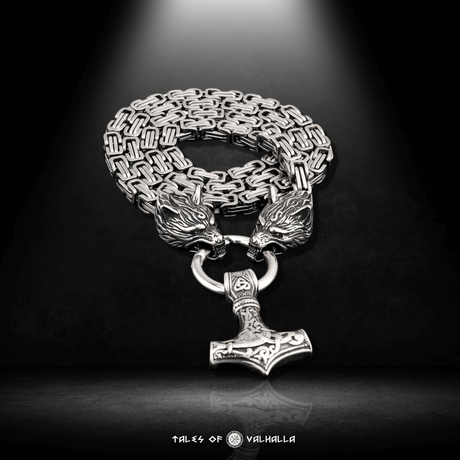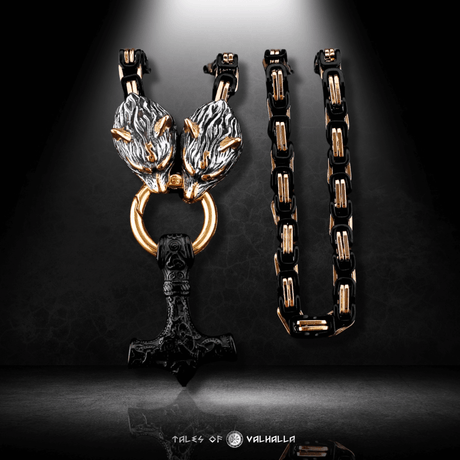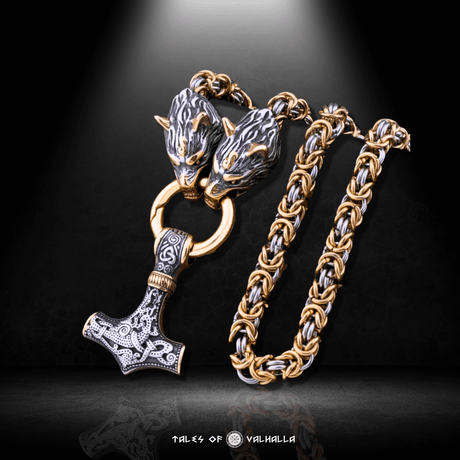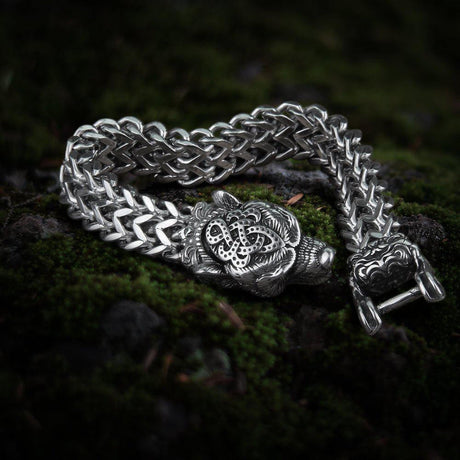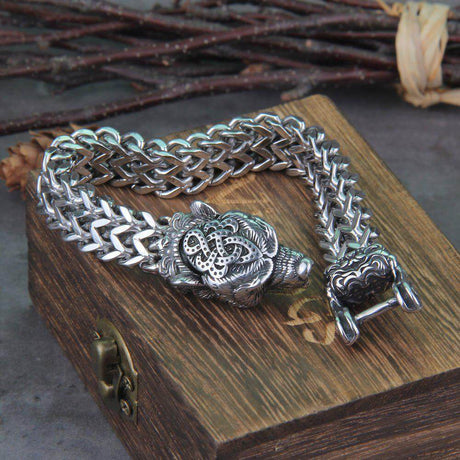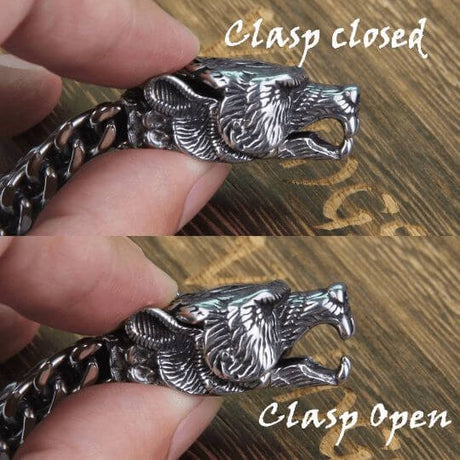The Viking Age conjures images of fierce warriors, epic sea voyages, and a society forged in the crucible of a harsh northern world. We often see them through a lens of brutal pragmatism, where every action was dictated by survival, honor, and ambition. This raises a fascinating question that cuts to the heart of their humanity: Did they have time for love? Did romantic love in the Viking Age exist as we understand it today, or were relationships merely strategic transactions?
The answer is a compelling and often contradictory "both." To explore the concept of love in the Viking Age is to journey into a world where practical, family-arranged marriages coexisted with passionate, soul-stirring romance that was celebrated in poetry and immortalized in tragic sagas. This deep dive will unravel the complexities of Norse relationships, moving beyond the stereotype of the unfeeling warrior to reveal a culture that understood the full spectrum of human connection, from strategic alliances to all-consuming passion.
The Framework of Society: Marriage as a Strategic Alliance
For the vast majority of people in the Viking Age, marriage was not primarily about finding a soulmate. It was the fundamental building block of their society, a practical contract between families designed to ensure stability, prosperity, and the continuation of a lineage.

The Framework of Society: Marriage as a Strategic Alliance
More Than a Union of Hearts: A Union of Families
The decision to marry was rarely left to the two individuals involved. It was a serious negotiation between the heads of two families.
- Politics and Power: For the Jarls and the ruling elite, marriage was a powerful political tool. Marrying a daughter to the son of a rival chieftain could end a blood feud, create a powerful military alliance, or consolidate territory. These unions were the glue that held the fragile political landscape together.
- Property and Economics: For the land-owning farmers (bóndi), who formed the backbone of Norse society, marriage was an economic partnership. It was about merging farms, combining livestock, and creating a viable economic unit that could support a family and thrive. Love in the Viking Age often had to take a backseat to these practical considerations.
- The Financial Transaction: A Viking marriage involved two key financial components:
- The Dowry (Heimanfylgja): The wealth the bride brought into the marriage from her own family.
- The Bride-Price (Mundr): The payment made by the groom's family to the bride's family, compensating them for the loss of her labor and securing the groom's right to her.
Story Vignette 1: The Jarl's Negotiation
Jarl Olaf and Jarl Kael sat across from each other in the smoky longhouse, a large drinking horn passing between them. They were not discussing war, but marriage. Olaf’s son, Erik, was of age, and Kael’s daughter, Freydis, was known for her intelligence and strong lineage. "Her dowry will include the lands bordering the western fjord," Kael stated, his voice a low rumble. Olaf nodded slowly. "A fair offer. My son's bride-price will be twenty heads of cattle and a share of the silver from our last raid in Francia." They spoke of property, alliances, and the strategic advantage of uniting their clans against their mutual rival, Jarl Hrolf. The potential affection between Erik and Freydis was never mentioned. This was business. This was the pragmatic foundation of marriage and, in many cases, love in the Viking Age.
The Woman's Role: Not a Powerless Pawn
While marriages were arranged, it's a mistake to view Viking women as mere property being traded. Within this system, they possessed a degree of agency and legal rights that were remarkable for the era.
A Degree of Agency and Consent
The sagas, while literary, often suggest that a woman's consent was considered important, even if it wasn't the deciding factor. A marriage forced upon an unwilling woman was sometimes seen as dishonorable and could lead to future conflict. Viking women were expected to be strong partners, and their happiness was not entirely disregarded.
The Right to Divorce: The Ultimate Escape Clause
Perhaps the most powerful right a Viking woman possessed was the ability to initiate divorce. This provided a crucial escape route from an unhappy or abusive union and is a key indicator that personal well-being within a marriage mattered.
- Grounds for Divorce: A woman could declare herself divorced for a number of reasons, including physical abuse, the husband's failure to provide for the family, or even public humiliation.
- Reclaiming Her Wealth: Upon divorcing, she was legally entitled to reclaim her dowry and personal property, giving her the economic freedom to live independently or remarry. This legal framework suggests that while romantic love in the Viking Age might not have been the prerequisite for marriage, a total lack of respect and partnership was not to be tolerated.
Whispers of the Heart: Finding the Evidence for Romantic Love
If marriage was so practical, how do we know that passionate, romantic love even existed? The evidence is powerful and comes from the very soul of their culture: their mythology, their poetry, and their epic sagas.
The Gods as Models: Love in Norse Mythology
The Norse gods themselves were driven by love, lust, and passion, providing mythological archetypes for the full range of human emotion.
- Freyja, the Goddess of Love: The Norse pantheon had a specific goddess, Freyja, who ruled over love, beauty, sex, and desire. Her very existence confirms that these concepts were central to their worldview.
- Tragic Divine Love: The story of the beautiful god Baldr and his wife Nanna is one of deep devotion. Upon Baldr's death, Nanna's heart breaks from grief, and she dies, allowing herself to be placed on his funeral pyre to join him in the afterlife.
- The Ill-Fated Match: The marriage of the sea-god Njord and the mountain-goddess Skadi, who separated because they could not bear to live in each other's worlds, is a mythological acknowledgment that even for gods, a lack of shared happiness dooms a relationship. These stories show a deep understanding of the complexities of love in the Viking Age.
The Voices of the Skalds: Norse Love Poetry
While much surviving skaldic poetry is in praise of kings or battles, fragments of powerful love poetry exist.
- Expressions of Longing: Poems like those attributed to the warrior-poet Egil Skallagrímsson contain passages of profound grief and loss for loved ones.
- Mansöngr (Love Poetry): The Vikings had a specific genre for love poems, called mansöngr ("man-songs"). These poems, often erotic or romantic in nature, were powerful but also dangerous. Composing such a poem about another man's wife or daughter without permission was a serious crime, punishable by outlawry, because it was seen as a form of seduction and an affront to the family's honor. The very fact that such poetry was legally regulated proves how seriously the power of romantic expression was taken. The passion of love in the Viking Age could be as dangerous as a sword.
Story Vignette 2: The Skald's Secret
Gunnar, a young skald in the service of a powerful Jarl, found his gaze always drifting to Elara, the Jarl's youngest daughter. He knew she was promised to another in an alliance. But his heart ached with an unspoken passion. By the flickering lamplight, he would secretly work on a poem for her, not a simple verse, but a complex dróttkvætt stanza, filled with intricate kennings and metaphors. He called her "the Freya of the Fjord," her eyes "the gleam of the sea-stones." He would never speak the poem aloud to her; to do so would be a death sentence. But the act of creation, of pouring his forbidden feelings into the strict, beautiful form of his art, was his only solace. The poem was a secret testament to a love in the Viking Age that could not be.
Tragedies and Triumphs: Love Stories in the Sagas
The most compelling evidence for deep, romantic love in the Viking Age comes from the Icelandic Sagas. These stories are filled with passionate, often tragic, love affairs that drive the narrative and motivate characters to acts of both great heroism and terrible vengeance.
- The Saga of Gunnlaug Serpent-Tongue: This is a classic love triangle. The poets Gunnlaug and Hrafn both fall in love with the beautiful Helga the Fair. Their rivalry over her love leads to a bitter feud and ultimately a fatal duel in which both men are killed. Helga, forced to marry another, never forgets Gunnlaug and eventually dies of grief while looking at a cloak he once gave her.
- Laxdæla Saga: This epic saga centers on the complex love between the proud and beautiful Gudrun Osvifsdottir and the heroic Kjartan Olafsson. Their love is thwarted by misunderstanding and the manipulations of Kjartan's best friend (and Gudrun's eventual husband), Bolli. The resulting jealousy and conflict lead to Kjartan's death at Bolli's hand, and a lifetime of regret for Gudrun.
- The Saga of Bjorn, Champion of the Hítdal-people: This saga features a skald, Bjorn, who spends years abroad, composing love poems for his beloved Oddny, only to return and find she has married another man. Their continued affection leads to a deadly rivalry between Bjorn and Oddny's husband.
These sagas show that while marriage might have been a contract, the hearts of the characters were not so easily bound. They demonstrate that the Norse people understood and were captivated by stories of passionate, all-consuming, and often tragic romantic love. These tales are the ultimate proof of the power of love in the Viking Age.
The Viking Art of Courtship: Wooing and Winning a Partner
Even within a system of arranged marriages, courtship rituals and expressions of affection existed.

The Viking Art of Courtship: Wooing and Winning a Partner
- Proving One's Worth: A suitor was expected to be a good "catch." This meant demonstrating not only wealth and status but also desirable personal qualities like courage, skill in arms, and a good reputation. A young man might join a Viking raid to gain wealth and fame to make himself a more attractive prospect.
- The Role of Poetry and Gifts: As seen in the sagas, composing poetry was a high-status way to express affection and admiration. Giving fine gifts—a beautiful brooch, a prized weapon, or even an exotic item from a trading voyage—was also a key part of courtship.
A Comparative Look: Pragmatism vs. Passion in Viking Relationships
| Aspect | The Pragmatic Marriage | The Romantic Love |
| Basis of Union | A contract between families. | An emotional and passionate connection between two individuals. |
| Primary Goal | To secure wealth, property, and political alliances. To produce heirs. | Personal happiness, companionship, and emotional fulfillment. |
| Key Figures Involved | Family heads, the couple. | Primarily the two individuals in love. |
| Evidence Source | Legal codes, archaeological evidence of dowries, historical accounts. | Norse mythology (gods' love stories), skaldic poetry, and especially the Icelandic Sagas. |
| Public vs. Private | A public, legally and economically defined relationship. | A private, emotional experience, though its consequences often became public. |
| Outcome | Created stable households and alliances, the foundation of society. | Inspired great poetry, heroic deeds, and often, tragic blood feuds. |
This table illustrates the dual nature of love in the Viking Age, where the practical needs of society and the powerful emotions of the heart often existed in a tense but undeniable balance.
Sexuality and Relationships in the Viking Age
The pre-Christian Norse attitude towards sexuality was generally more pragmatic and less tied to the concept of sin than in Christian Europe.
- A More Permissive View?: The focus was more on legitimacy, inheritance, and not dishonoring a family than on the morality of the act itself. The sagas are frank in their descriptions of sexual relationships.
- Concubines and Extra-Marital Affairs: Powerful, wealthy men often had concubines in addition to their wives. These relationships were socially accepted, but the children of such unions often had fewer inheritance rights than legitimate heirs. This created a complex family structure and potential for conflict, showing that love in the Viking Age could take many forms outside of formal marriage.
Conclusion
So, did romantic love in the Viking Age exist? The answer is a resounding yes. It would be a profound mistake to view the Vikings as unfeeling brutes, incapable of deep affection. Their world was one of duality. Marriage was often a practical and strategic contract, the bedrock of their social and economic lives. It was about alliances, property, and survival.
But within and alongside this pragmatic framework, the Vikings clearly experienced and celebrated passionate, romantic love. Their mythology is filled with gods driven by desire and devotion. Their poetry speaks of longing and heartbreak. And most importantly, their sagas tell timeless stories of epic love affairs that drive men and women to acts of incredible heroism and devastating tragedy. Love in the Viking Age was a powerful, often dangerous, and deeply human force. The Vikings understood that while a good marriage built a strong household, a great love could build a legend.

